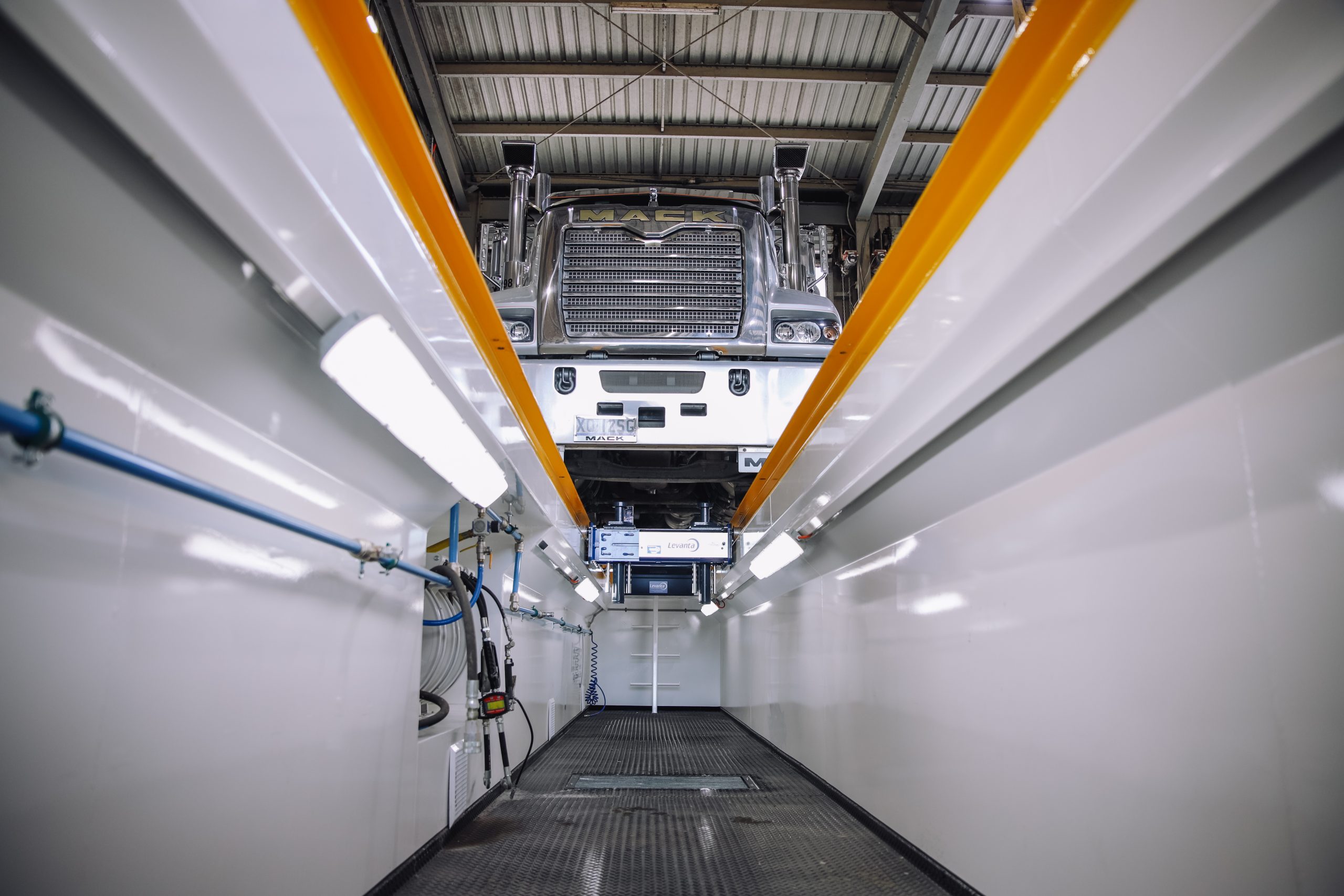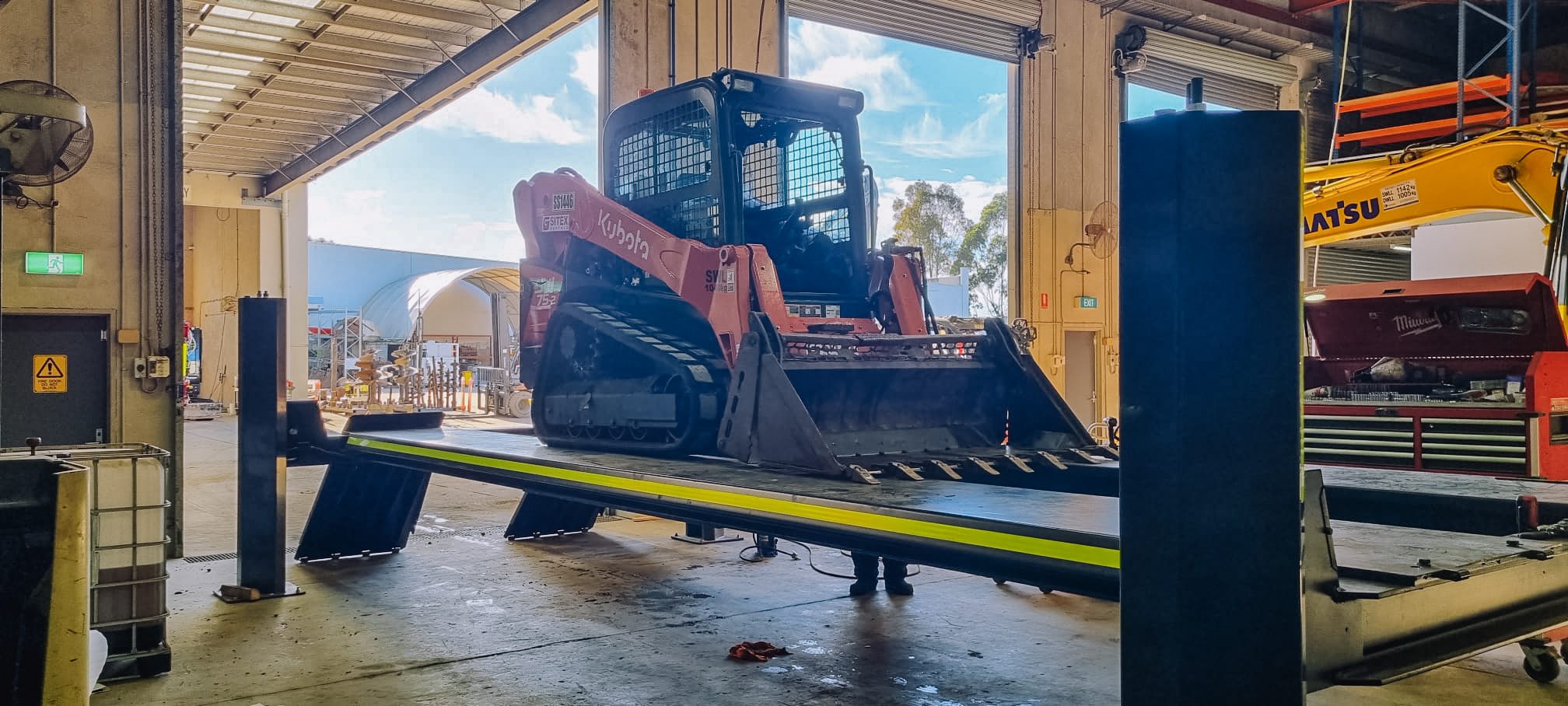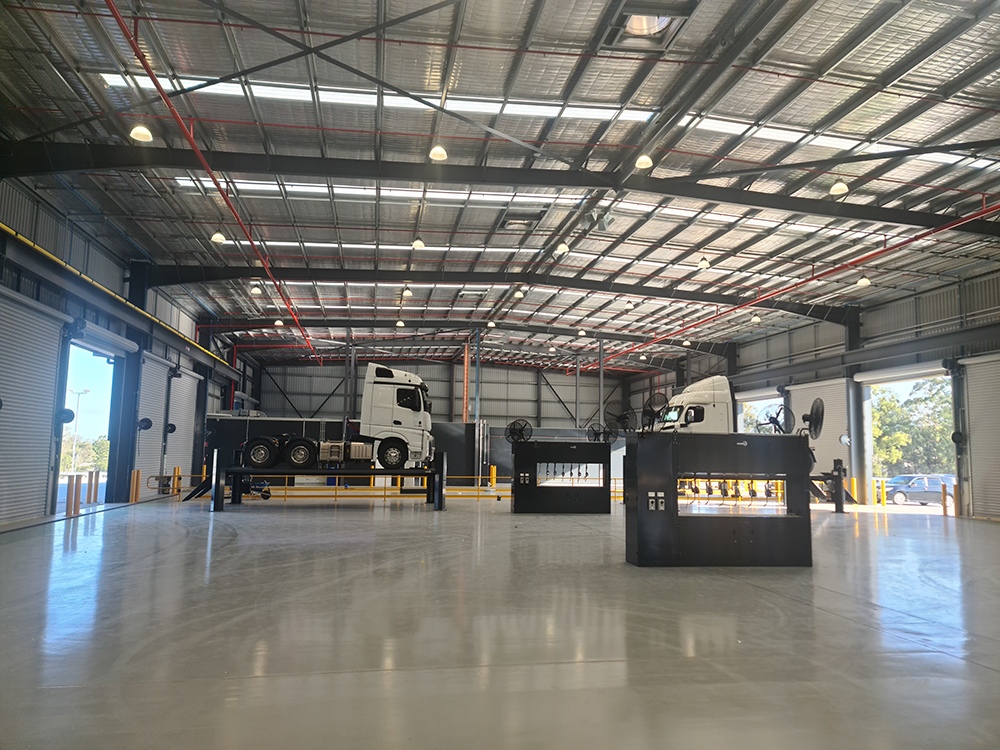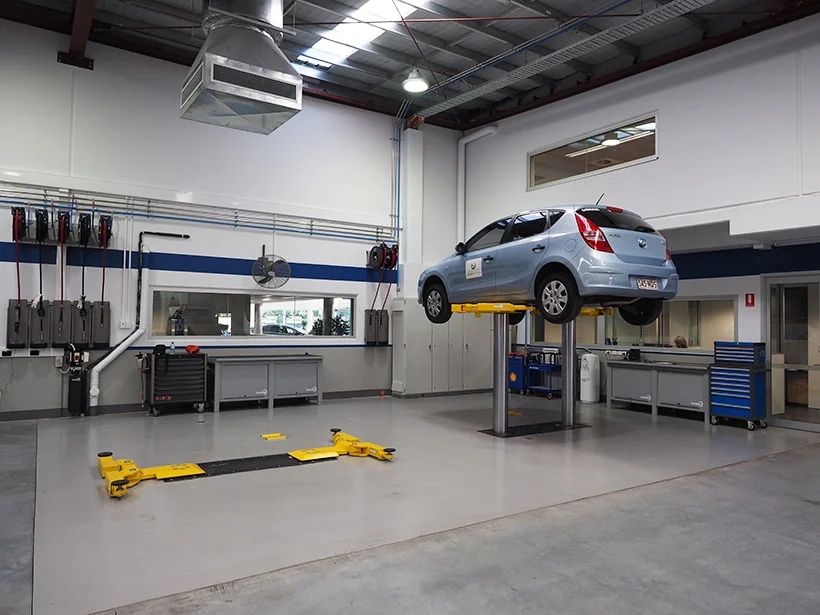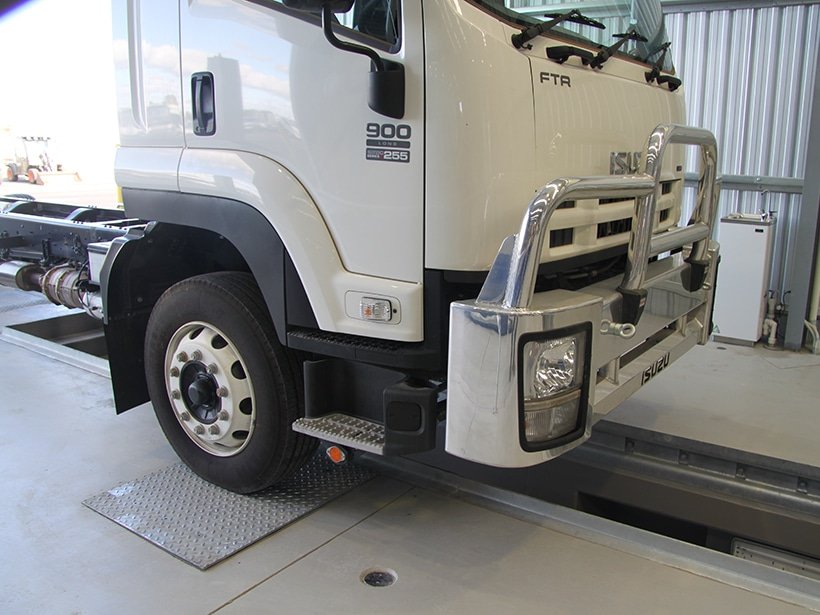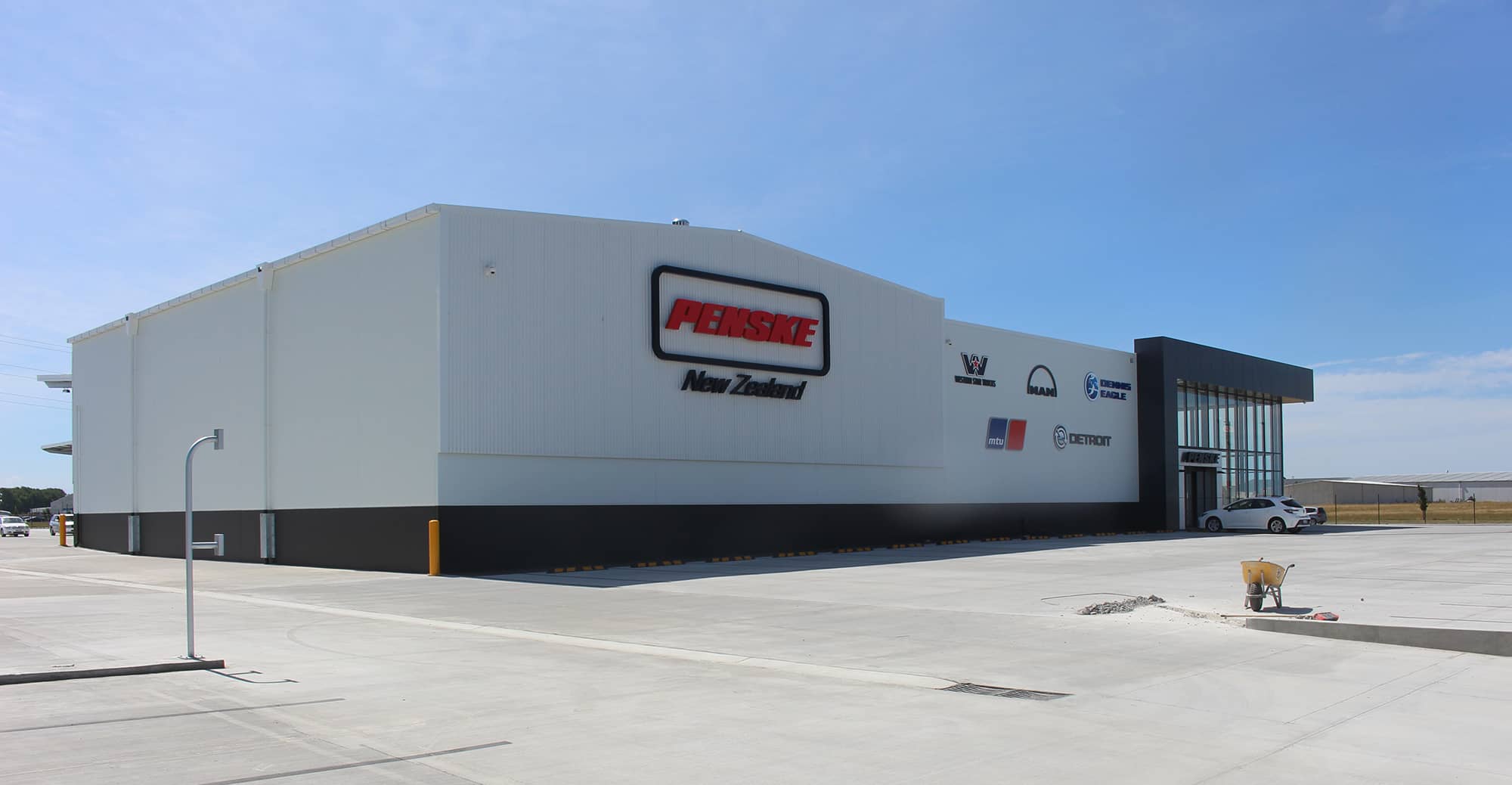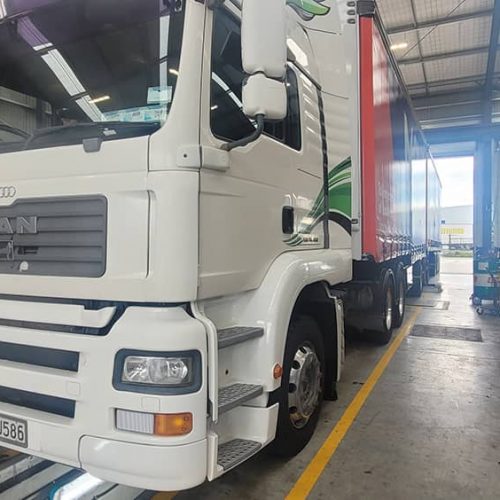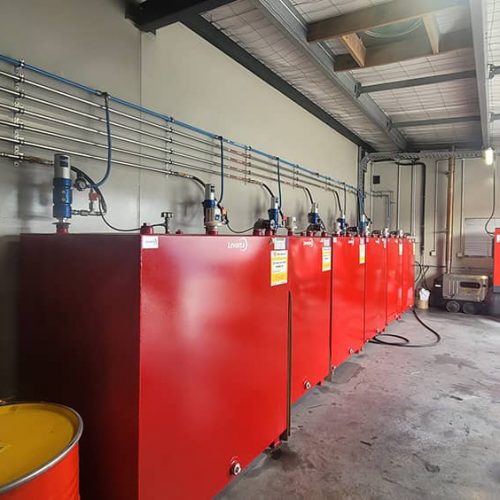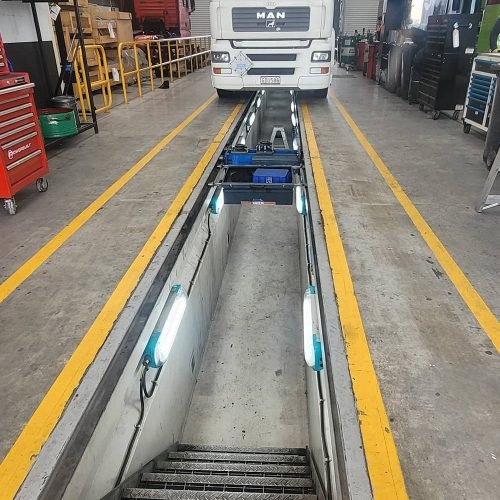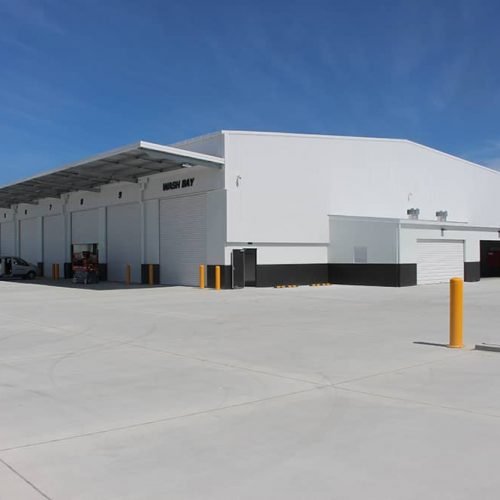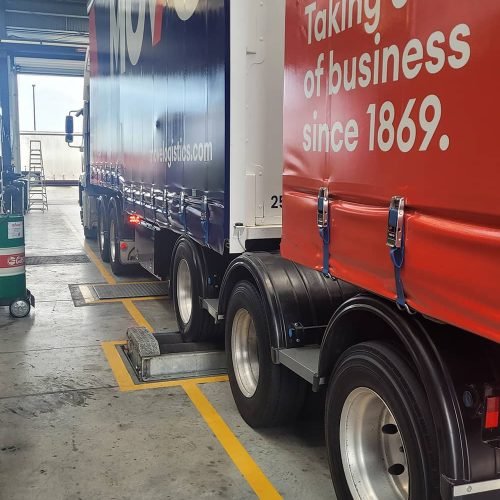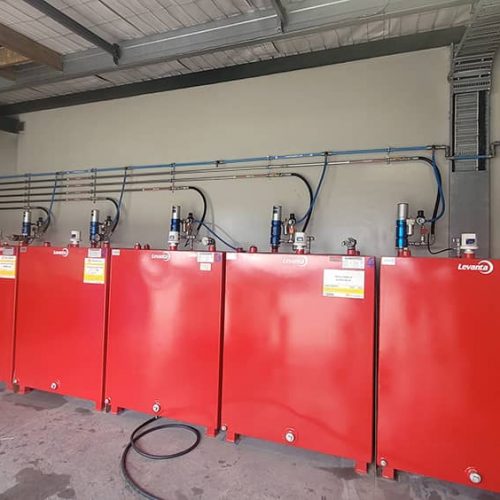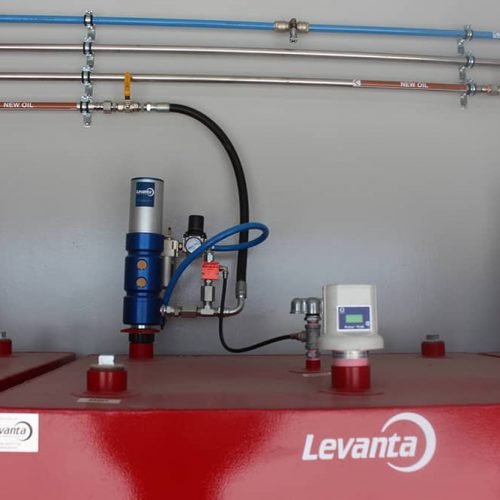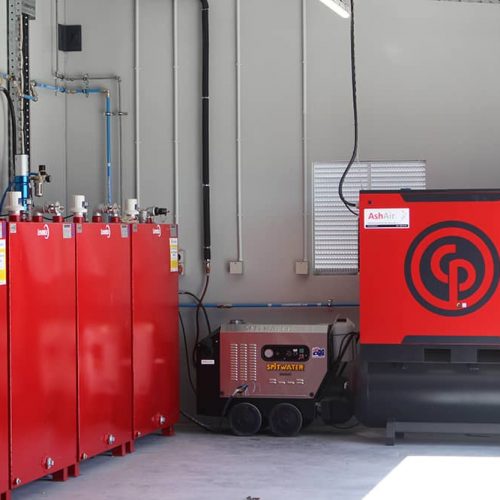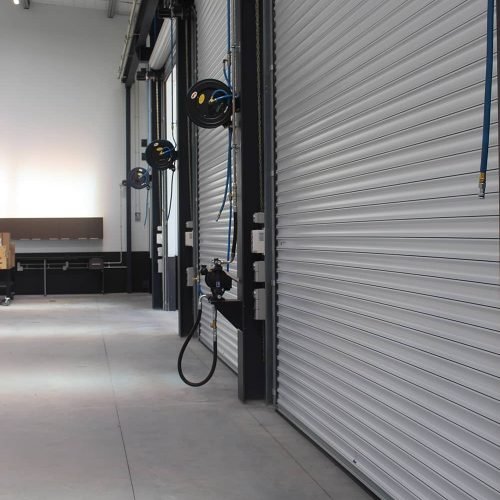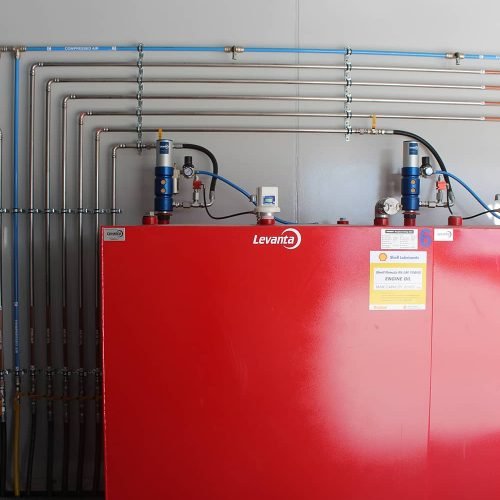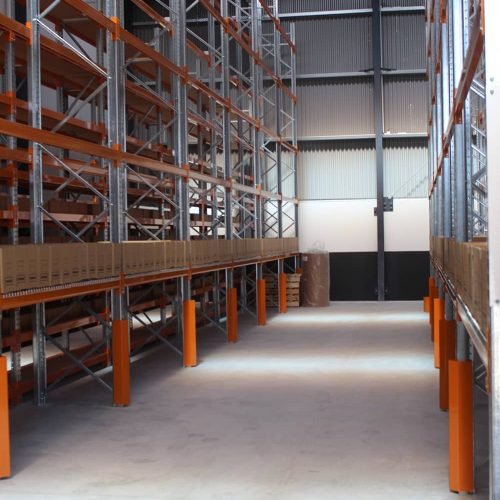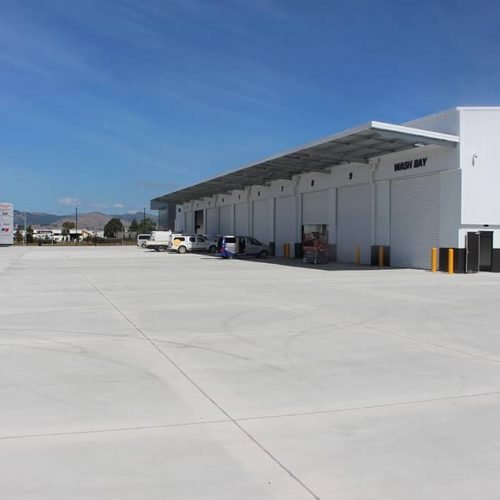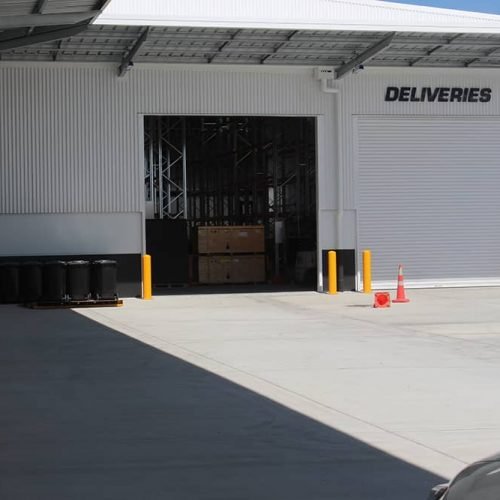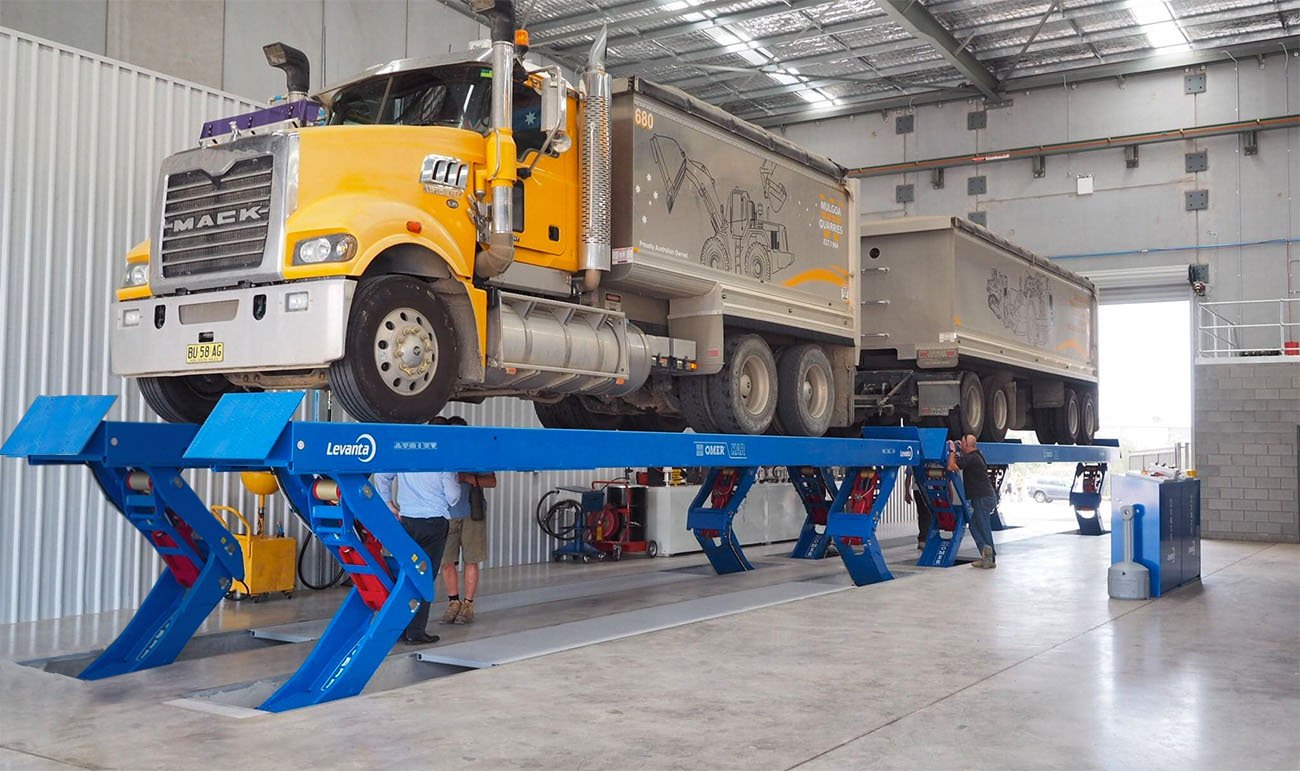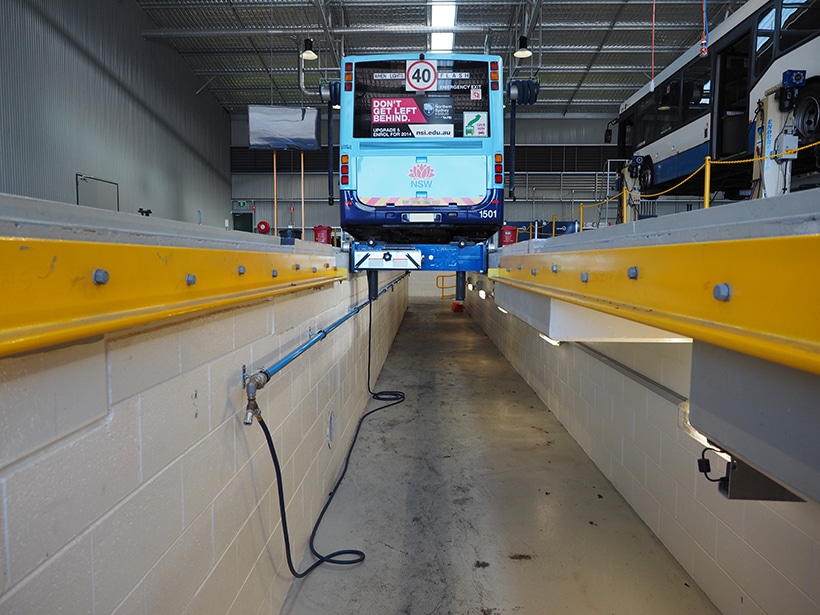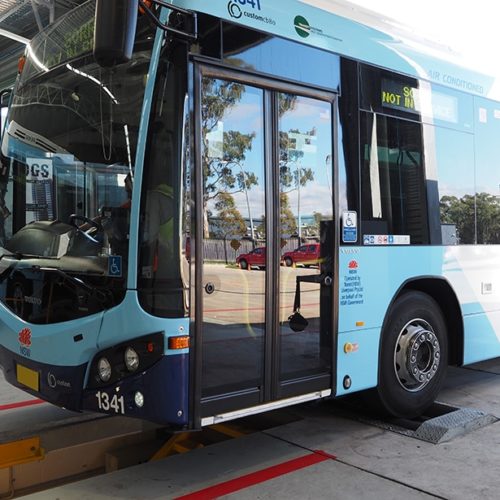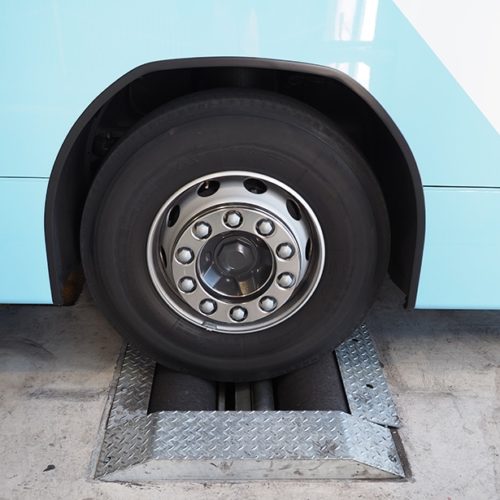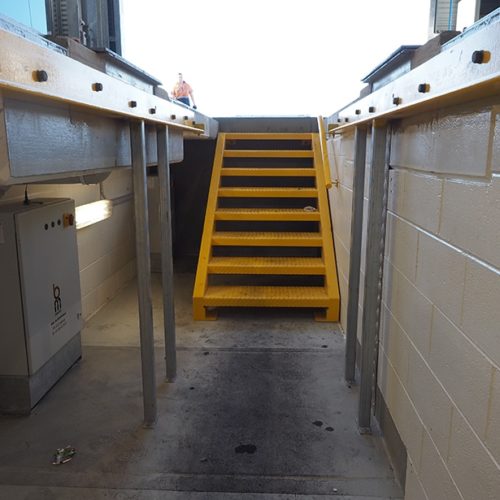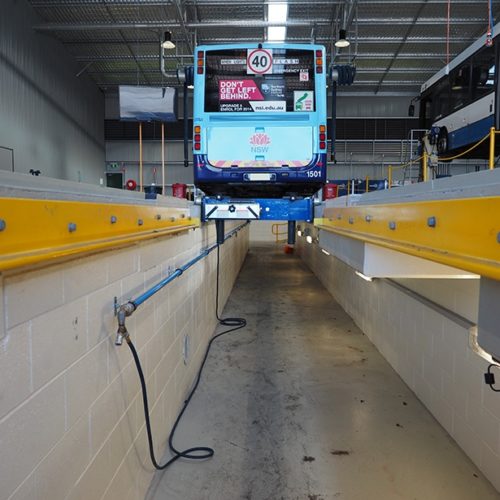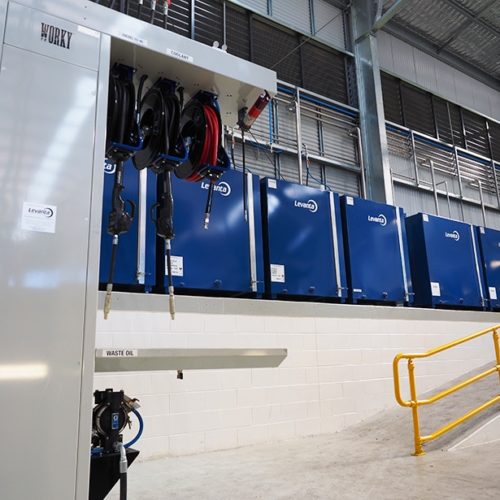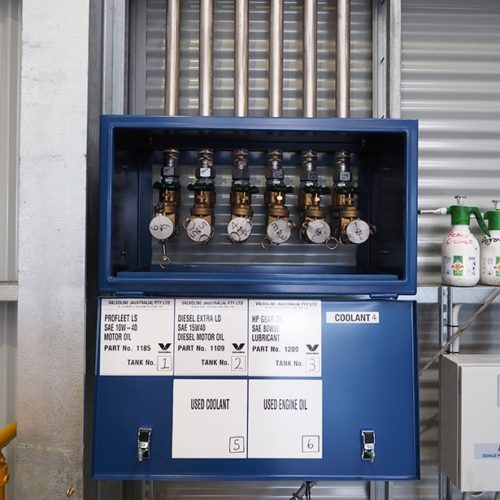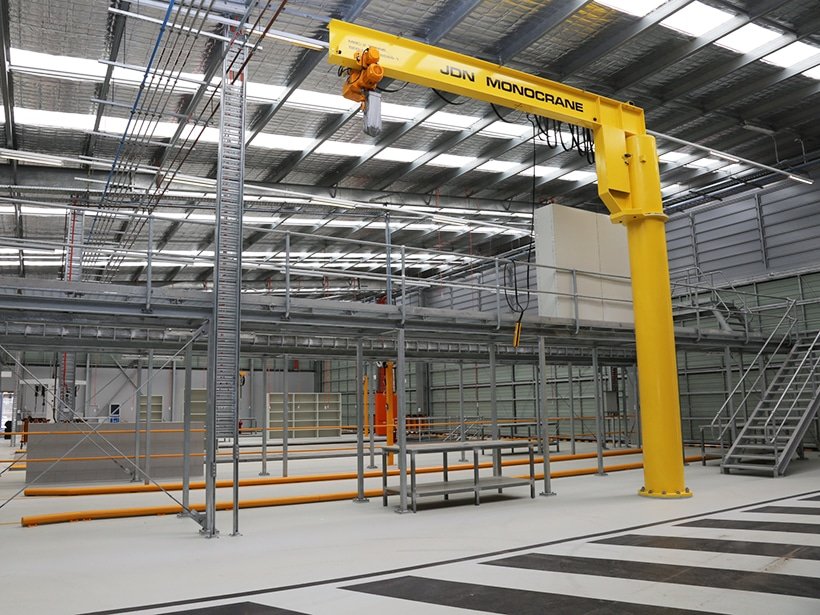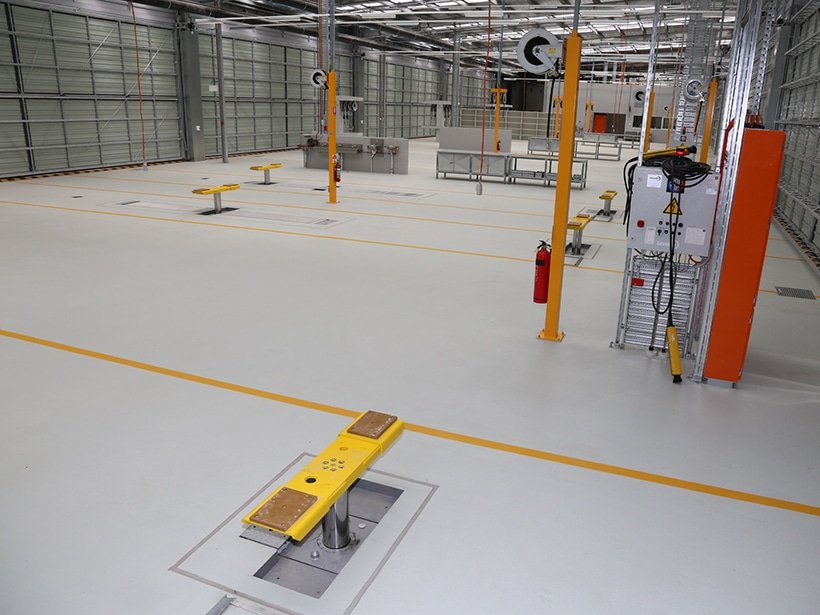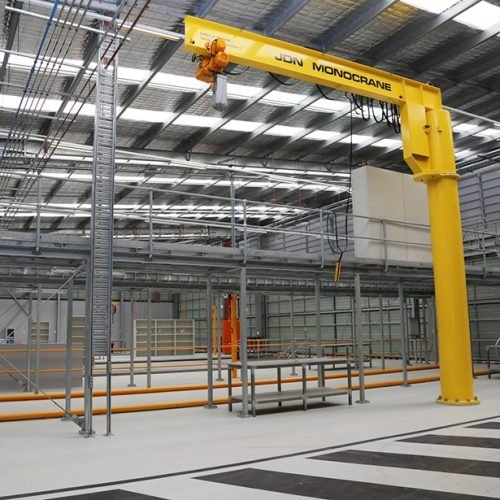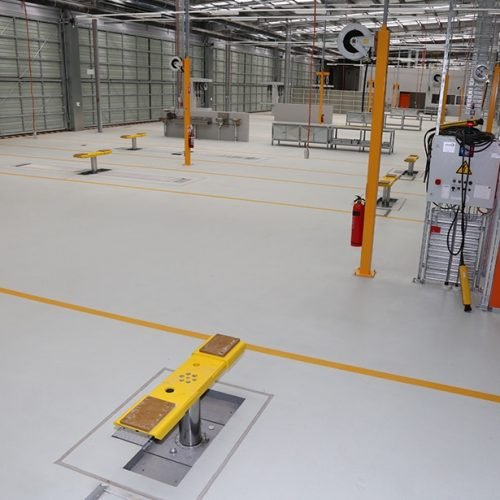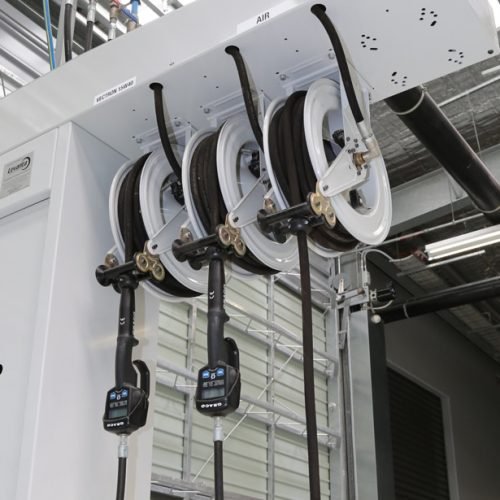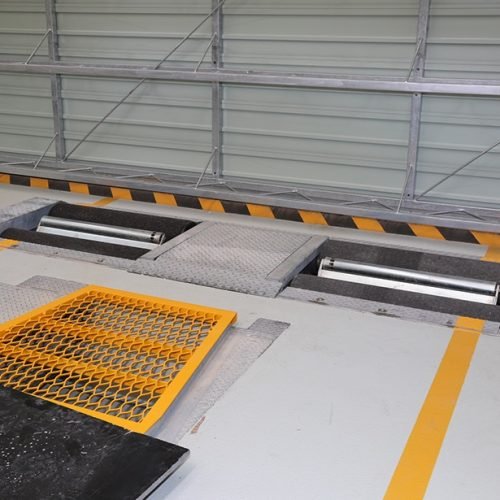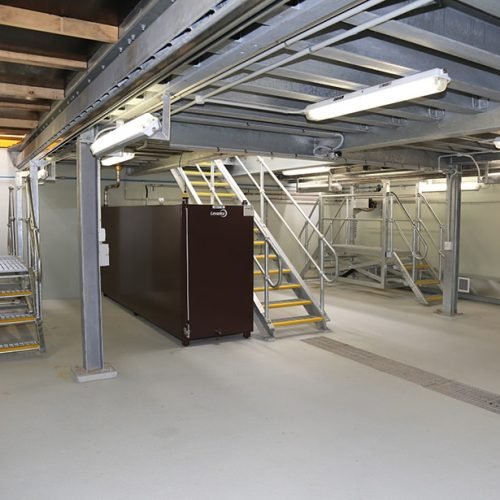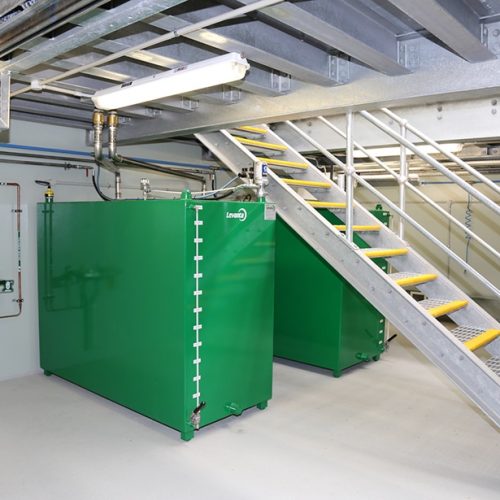The recent media attention surrounding heavy vehicle accidents across Australia is forcing industry regulators to set their considerable sights on company driven maintenance programs.
According to the NTARC (National Truck Accident Research Centre), 25% of all accidents are caused by speed, 12.1% through fire losses and mechanical failure, with fatigue coming in third at 11.9%. Each of these top three causes are shining a light on contributory brake issues.
With the 2013 major accident report released by the NTARC stating that brake problems can result in tyre fires and explosions, recommendations are being made that brake and tyre maintenance become a priority.
Coupled with the recent woes of one of Australia’s largest transport companies being issued with multiple defect notices for brake, wheel and suspension faults (taking 26 of their 80 strong fleet off the road), the major impact on company earnings and reputations cannot be ignored. Neither can the cause.
WHY TEST BRAKES?
Safety
Put simply, we test brakes to ensure vehicles are safe to use. For drivers, for the general public and for the client’s product that is being transported.
Legislation
While each State has their own regulations in place, it is becoming more of a National focus from a regulatory point of view to frequently test brakes.
Liability
Regular brake testing allows the operator to keep an auditable record of testing. In the event of a vehicle being involved in an accident, the risk of legal action can be reduced if accurate testing information is readily available.
Economy
Regular testing can minimise vehicle downtime in the workshop, reduce brake lining and component wear, and can assist in decreasing tyre wear — saving businesses time and money.
OH&S Fatigue Management
As part of the National Heavy Vehicle Accreditation Scheme (NHVAS) minimising driver fatigue is a critical component. By regularly testing you can provide a smoother ride for operators, resulting in a positive effect on driver fatigue management.
THE EQUIPMENT
The most effective and comprehensive testing equipment available on the market is the Roller Brake Tester. This style of testing requires a vehicle to be driven onto a set of rollers that are covered in a plastic medium, infused with friction material. When tested the wheels are turned by the constant speed of the roller, keeping the vehicle static during the test.
Roller Brake Testing measures deceleration by means of torque force produced by the decelerations of the wheel against the rollers. This method produces the most consistent results across all axles. You can test one wheel at a time, review efficiency of service, and test parking and emergency brakes.
Roller Brake Testers can be configured for air pressure testing, ovality (warped or cracked discs/drums), Bind (rolling resistance) and in some makes you can accurately test time lag which can help reduce the likelihood of “jack-knifing”. One of the more impressive services that this style of testing provides is the ability to match prime movers to trailers, maximising vehicle balance and efficiency.
Greater safety is achieved with this style of testing with the single operator system allowing control on some systems direct from the vehicle cab via remote control. There are also a number of options to enhance the system including speedo checking, play detectors, emission testers, headlight aimers and noise meters. These accessories give this unit the added advantage of being able, in some cases, to form the basis of a complete vehicle test lane.
While the Roller Brake Tester is the top of the line product available on the market, it is important to fully understand the ins and outs of these testing units. Due to the powerful drive systems, they generally require 3 phase power to operate and can be very unforgiving to humans if safety precautions are not strictly adhered to. The weight of the mobile units can be inhibitive (weighing in a 1.2t for the brake tester). While installation can also present some challenges, with the in-ground units requiring some civil work to get the job done.
When it comes down to it though, the pros outweigh the cons. The real bonus factor of utilising your own in-house Roller Brake Testing, whether mobile or in-ground, is the long term cost savings, safety of your of your operators and limiting your organisations liability. By conducting your own fleet brake safety checks with a Roller Brake Testing unit, you can substantially cut the costs of outsourcing your testing over the long term, you can be confident that you are doing everything in your power to decrease driver and truck fatigue, and as an organisation you are protecting yourself, and your drivers, from liability by being at the forefront of testing and preventative maintenance in this growing area of concern.
THE FACTS
OPERATION : When it comes to operation, Roller Brake Testers will measure the torque reaction generated by the vehicle brakes against a roller turned by a motor.
SAFETY: When it comes to safety Roller Brake Testing is a safe method of testing, the vehicle does not move during the brake test, as the rollers ‘act as the road’ and turn under the wheel.
ACCURACY : Roller Brake Testers use the same braking surfaces to test all of the wheels, on all of the vehicles; ensuring accurate comparative tests.
SPEED : Roller Brake Testers are strong enough to test all vehicles at a consistent speed to allow for comparative readings across the board.
CONSISTENCY : Roller Brake Testers can test the entire range of every brake fitted to the vehicle, from zero to full braking, or wheel lock, consistently and repeatedly, without the influence of momentum or weight transfer.
POWER : Roller Brake Testers use external power for the brakes to work against, typically electric motors, therefore the time taken for the test can be controlled by the operator. On average brake tests applications last for approximately 20-40 seconds.
RESULTS : Roller Brake Testers are able to achieve consistent and repeatable results for brake tests, from individual wheels to full brake effort and wheel lock up.
COMPACT : The Roller Brake testers are compact, however, do require sufficient room each side of the brake tester for the vehicle.
THE BOTTOM LINE
Driver fatigue, mechanical failure and speed dominate as the main causes of heavy vehicle accidents, costing lives and billions of dollars across Australia every year. Safety and maintenance is being brought into focus through critical media attention that is sending a ripple out across the entire industry.
It is safe to say that with the introduction of the National Heavy Vehicle Regulator in February, a greater focus on a national standard for vehicle maintenance and inspection cannot be far behind. Will you be ready?
